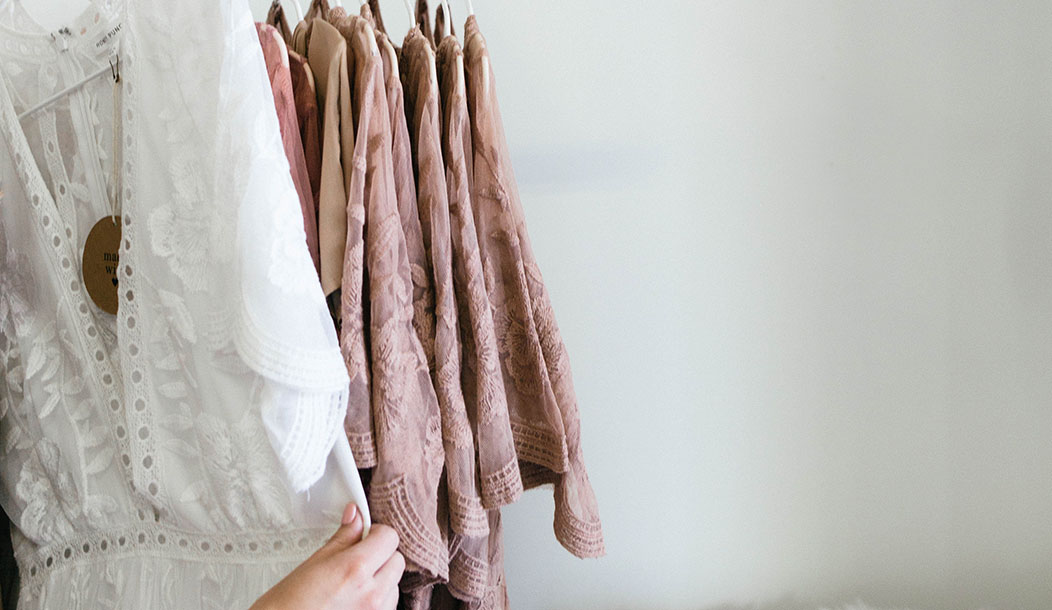
Getting the sale is not always easy. When you’re launching a fashion line or even a new collection in an established line, there are so many moving parts and learning the art of effective selling sometimes ends up at the bottom of the to-do list.
The things that a lot of brands tend to forget, or maybe not realize, is that a sales strategy starts well before the product is complete. In fact, it starts when you’re designing.
Here is a list of 10 things you need to think about early on in product development if you want to design clothes that sell. Consider it “things you probably know, but don’t really believe.”
How to Design Clothes That Sell
- Get clear on how you want to sell your product, e.g., home parties, trunk shows, wholesale to boutiques, wholesale to department stores, online, craft shows, street fairs, etc. Where you plan to sell your line impacts what and how you design.
- Clearly define your target market. Consider age, demographics, life-stage, occupation, spending habits, likes, dislikes, personality, activities, values, and belief systems. The more specific you are, the better.
- When you choose your product niche, do it backwards. Don’t decide what you want to design and then go out and look for a customer for it. Instead, research like crazy to find an unmet need in the market and design your line to fill it.
- Keep your product assortment narrow. You don’t need to start out designing a whole collection. You don’t need to do a line that includes dresses, pants, tops, jackets, and skirts. Pick one category like dresses or jackets, and stick to it.
- If you’re a new designer, aim for 10 – 12 pieces in your line. Don’t try to do too much too soon.
- Find a group of hungry people (customers) and give them something to eat (a product they want and will buy). Editors Note: I would argue you can go as low as 3 pieces if you’re focused on Direct to Consumer Sales Strategy.
- Research, research, research. Go shopping frequently to see what your competitors are doing. Compare your line to your competitors’ lines and see how you stack up in terms of quality, price, uniqueness, and delivery.
- You don’t have to re-invent the wheel to have a nice business. Your product can be similar to others but have one great idea that makes it stand out.
- Buy fabric, trims, and materials in small quantities. Cut to order whenever possible and avoid carrying inventory.
- Value your time. You spend countless hours designing your line, doing fittings, sourcing materials, etc. You must include some of this expense when you cost out your line. Don’t stick your head in the sand and pretend it doesn’t exist.


Andrea Restrepo
Excelent advice at the right time, thank you.